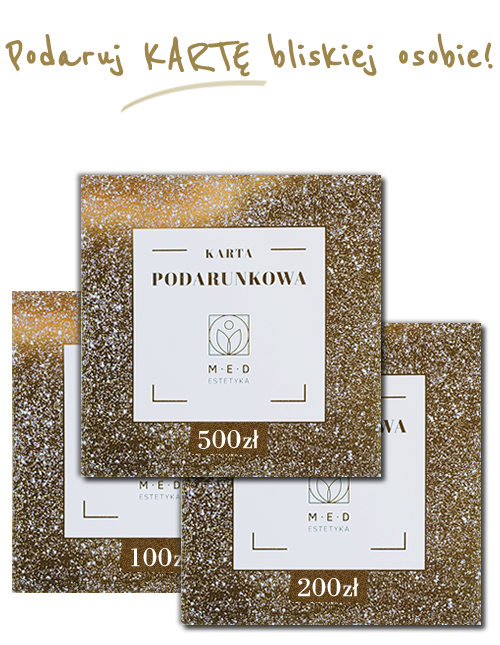Morphology
Study price: PLN 16.00
Waiting time for the result: result no later than the next working day
Booking:
- Check, the hours of operation of the collection center and where booking an appointment is required.
Buy with eReservation "Buy without logging in "Check Download Points "
Preparation for the study
General
- The test material is blood.
- The patient does not need to be fasting.About 30 minutes before the test it is advisable to drink a glass of water.
Important
Description
and quantitative evaluation of blood morphotic elements and includes:
- Determine the number of morphotic elements, i.e.: red blood cells (erythrocytes), white blood cells (leukocytes) and platelets (thrombocytes),
- calculation of the values of color indices.
The red blood cell system includes:
- RBC - the number of red blood cells (erythrocytes). Erythrocytes, thanks to the hemoglobin they contain, are oxygen carriers. Increased amounts of RBCs are referred to as hyperemia (redness, erythrocytosis, polyglobulia), and decreased amounts are referred to as anemia, or anemia.
- HGB - hemoglobin concentration
- HCT - hematocrit, or the ratio of red blood cell volume to plasma. It is an important parameter on which the viscosity of the blood depends.
- MCV - mean volume of the red blood cell. Depending on the MPV value, we divide red blood cells into microcytic (MCV below normal), normocytic (MCV in the normal range) and macrocytic (MCV above normal). The size of the blood cell gives us information about the cause of anemia.
- MCH - the average weight of hemoglobin in a blood cell
- MCHC - average concentration of hemoglobin in a blood cell
- RWD - a measure of variation in erythrocyte size
The white blood cell system includes:
- WBC- total number of white blood cells (leukocytes). The function of leukocytes is to protect the body from microorganisms. An increase in the value of WBC, or leukocytosis, can be caused by physiological factors, for example: in newborns, during pregnancy and the postpartum period, after physical exertion, as a result of stress, pain, overheating of the body or excessive cooling. A decrease in WBC values is leukopenia, which can be caused by viral infections (influenza, measles, rubella, chickenpox), severe bacterial infections (tuberculosis, typhoid fever), systemic connective tissue diseases (so-called collagenoses), vitamin B12 deficiency, folic acid deficiency, damage to the bone marrow by drugs.
Under normal conditions, we distinguish between 5 types of white blood cells, given as the so-called expanded blood formula, i.e. the number of each type of blood cell per unit volume, viz:
- neutrophilic granulocytes (neutrophils),
- acidophilic granulocytes (eosinophils),
- basophilic granulocytes (basophils),
- lymphocytes,
- monocytes.
The platelet-forming system includes:
- PLT - platelet count,
- PCT - platelet count,
- MPV - average platelet volume,
- PDV - platelet anisocytosis index, i.e. what % of platelets deviate in volume from the average,
- PLCR - percentage of large platelets.
Factors that can affect the test result:
Physical exertion, diet, hydration, stress, pregnancy, alcohol, some medications. Therefore, it is advisable, if possible, to perform a blood test before taking your morning medication, unless otherwise advised by your doctor. If possible, the blood draw should, take place before the implementation of treatment. The patient, in consultation with the doctor, should limit the intake of medications (except necessary medications) or exclude medications that may affect the level of the measured component, as long as this does not interfere with the therapeutic process, and refrain from using parapharmaceuticals. The patient should inform the collection personnel about the medications used.24 hours before the scheduled test, intense physical activity should be avoided. A 15-20 minute rest is recommended before blood collection. Before the collection, it is necessary to follow an easily digestible, low-fat diet, take care of adequate hydration of the body. For 2-3 days before the donation, avoid alcohol consumption.
Ordering the study means agreeing to perform it by the following methods: impedance, fluorescence flow cytometry, spectrophotometry, enumeration from data obtained from direct measurements,SLS.
Development and preparation of material (applies to contractors only)
1100
Morphology , Hb,HGB,hemoglobin,Ht,HCT,hematocrit,WBC,RBC, 5 diff morphology, white blood cell percentage pattern, automated smear


